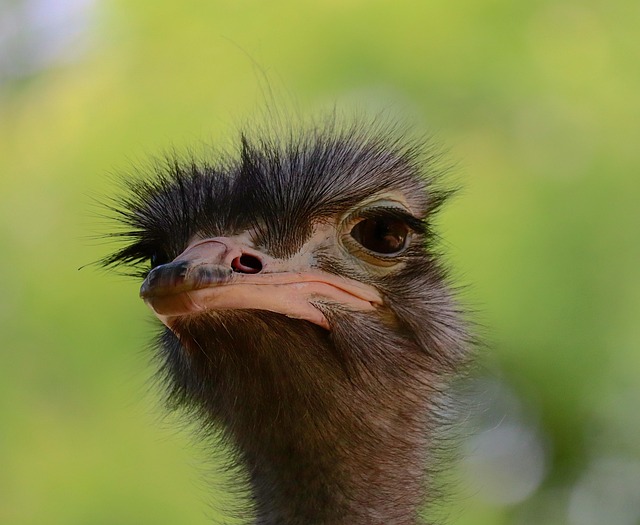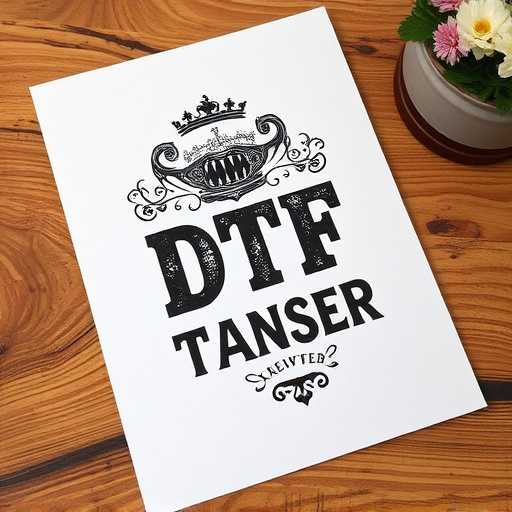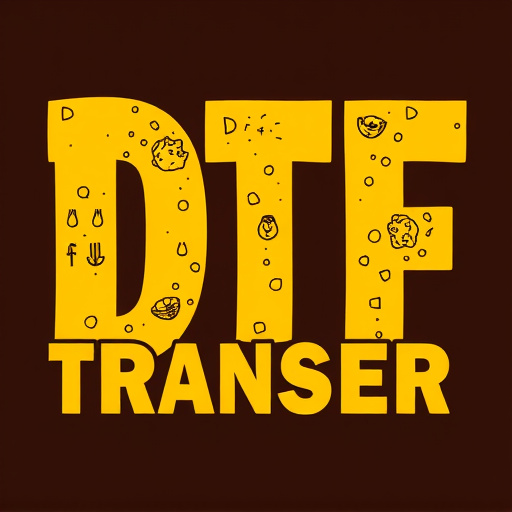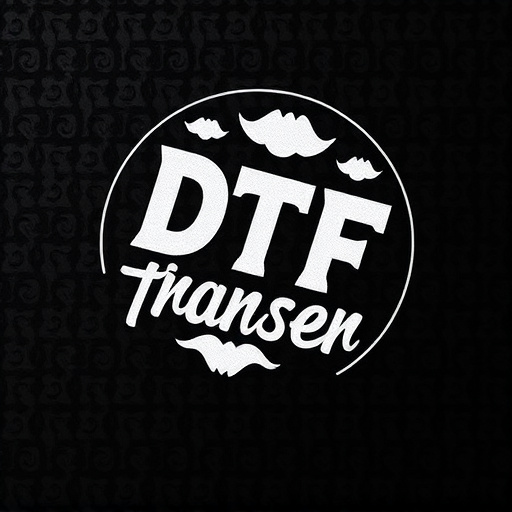Direct-to-Fabric (DTF) technology revolutionizes fabric printing with high-quality, long-lasting prints on synthetic materials. Key factors for successful DTF include fabric compatibility, composition, weight, and pre-treatment, affecting print vibrancy, durability, and adhesion. Advanced printers and specialized inks enhance precision and color longevity. Best practices for maintaining DTF prints include using quality materials, proper surface preparation, accurate curing, careful application, regular inspection, and prompt issue resolution.
“Unleash the potential of synthetic fabrics with DTF (Direct-to-Fabric) transfer technology. This innovative printing method offers a vast array of design possibilities for various applications. In this comprehensive guide, we explore the intricacies of DTF transfer, from understanding its process to ensuring optimal material compatibility and print quality. Learn about suitable substrates, common challenges, and best practices to create long-lasting DTF prints that enhance your fabric’s appeal in today’s market.”
- Understanding DTF Transfer and Its Applications
- Material Compatibility for Optimal DTF Printing
- Choosing the Right Substrates for DTF Prints
- Factors Affecting Print Quality and Durability
- Common Challenges and Their Solutions in DTF Transfer
- Best Practices for Ensuring Longevity of DTF Prints
Understanding DTF Transfer and Its Applications
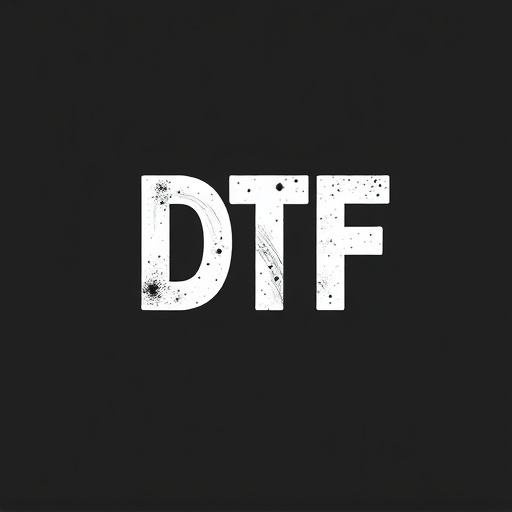
Direct-to-Fabric (DTF) Transfer is a cutting-edge technology that has revolutionized the way we print and design on synthetic fabrics. This innovative process allows for high-quality, long-lasting prints, making it a favorite among fashion designers, marketers, and customizers. DTF involves transferring ink directly onto the fabric’s surface using heat and pressure, resulting in vibrant and durable DTF prints. It is particularly versatile, suitable for a wide range of synthetic materials like polyester, cotton blends, and even delicate fabrics with some adjustments.
With its precision and efficiency, DTF Printing has numerous applications. From creating custom t-shirts and totes to designing unique fashion pieces, it offers endless creative possibilities. The technology enables the production of detailed graphics, complex designs, and even full-color images directly on fabric, ensuring that every DTF transfer is a masterpiece. Additionally, its fast turnaround time makes it an ideal solution for small batch productions and last-minute projects.
Material Compatibility for Optimal DTF Printing

When it comes to DTF (Direct-to-Fabric) printing, material compatibility is crucial for achieving optimal results. The choice of fabric plays a significant role in the quality and durability of the final DTF prints. Synthetic fabrics, known for their versatility and performance, offer unique properties that can enhance or hinder the DTF transfer process. For instance, smooth, tightly woven polyesters and nylon tend to work best as they provide an even surface for ink adhesion, resulting in crisp and vibrant DTF prints.
To ensure a successful DTF transfer, it’s essential to consider the fabric’s composition, weight, and finish. Certain synthetic blends may require specific printing settings or pre-treatment to achieve proper ink penetration. Additionally, understanding the dimensional stability of the fabric is vital, as some materials might shrink or stretch upon heating, potentially distorting the design. By carefully selecting compatible fabrics, designers can unlock the full potential of DTF technology, creating stunning, long-lasting garments and accessories.
Choosing the Right Substrates for DTF Prints

When it comes to DTF (Direct-to-Fabric) printing, selecting the appropriate substrate is a pivotal step in achieving high-quality DTF prints. The compatibility of the fabric with the DTF transfer process directly influences the final output’s durability, vibrancy, and overall aesthetics. Different fabrics have unique properties that can either enhance or hinder the DTF printing experience. For instance, smooth, porous materials like cotton and poly-cotton blends are ideal as they allow ink to adhere effortlessly, resulting in crisp and detailed DTF prints. On the other hand, rougher textures might require pre-treatment to ensure even ink distribution.
For optimal results with DTF Transfer, it’s recommended to consider fabrics that offer a balance between porosity and texture. Synthetic blends, such as polyester or nylon, can be excellent choices due to their strength and resistance to fading. Additionally, the weight of the fabric plays a role; lighter materials may require specific techniques to prevent ink bleeding, while heavier fabrics might demand more advanced printing equipment for precise DTF prints. Understanding these factors ensures that the chosen substrate complements the DTF Printing process, leading to exceptional print quality and long-lasting results.
Factors Affecting Print Quality and Durability
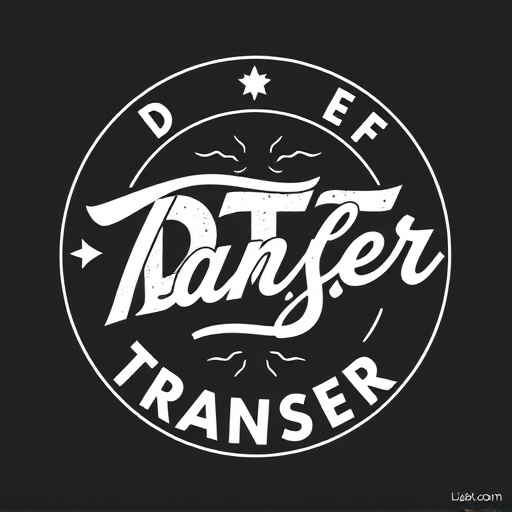
The quality and durability of prints on synthetic fabrics are significantly influenced by several factors, each playing a crucial role in the final outcome. One of the primary considerations is the DTF (Direct to Fabric) transfer method used. Different DTF printing techniques offer varying levels of precision, color vibrancy, and longevity. For instance, advanced DTF printers with higher resolution settings can produce DTF prints with more intricate details and richer colors, ensuring a visually appealing product.
Moreover, the fabric’s composition and its pre-treatment are essential. Synthetic fabrics, especially those with unique textures or blends, may require specific preparation to achieve optimal printing results. Proper surface treatment, such as cleaning and conditioning, is vital to ensure good ink adhesion. The choice of ink also matters; specialized DTF inks designed for synthetic materials can offer better fade resistance and longevity compared to generic options. These factors collectively contribute to creating DTF transfers that are not just visually stunning but also built to last.
Common Challenges and Their Solutions in DTF Transfer
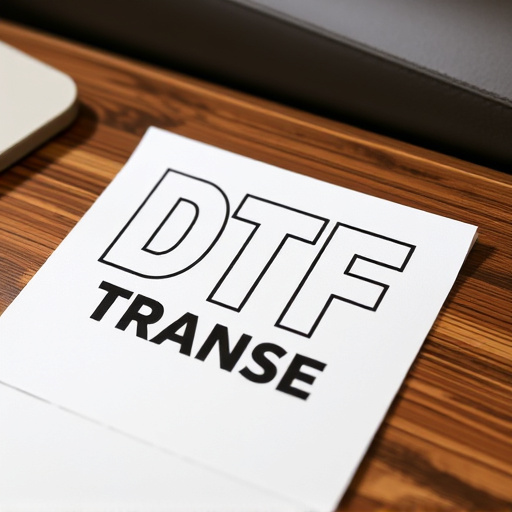
In the realm of synthetic fabric applications, Direct to Fabric (DTF) transfer has emerged as a game-changer for printing vibrant and durable DTF prints. However, this process is not without its challenges. One common hurdle is achieving optimal adhesion between the design and the fabric surface, especially with various material compositions and textures. To overcome this, professionals often employ pre-treatment techniques such as cleaning and priming to ensure a clean canvas for printing, enhancing the longevity of DTF transfers.
Another challenge lies in maintaining color accuracy across different fabrics. Synthetic fibers can vary in their absorbency, which can impact ink transfer and subsequently, print quality. Printers address this by calibrating machines precisely and using specialized inks designed for synthetic fabrics. These solutions ensure that DTF printing produces precise and vibrant DTF prints, catering to the diverse needs of fashion, advertising, and promotional merchandise industries.
Best Practices for Ensuring Longevity of DTF Prints

To ensure the longevity of DTF (Direct to Fabric) prints, several best practices should be implemented. First, use high-quality printing materials and inks designed specifically for DTF transfer applications. This significantly reduces the likelihood of ink fading or cracking over time. Additionally, proper surface preparation is critical; clean and degrease the fabric to achieve optimal adhesion, ensuring no residual oils or impurities that could impede the print quality or durability.
After printing, carefully cure the DTF transfers using the recommended heat and pressure settings for your specific ink type and fabric combination. Insufficient curing can lead to weak bonds between the design and fabric. Furthermore, when applying the DTF transfer, exercise caution to avoid excessive force or misalignment, which could cause bubbles, wrinkles, or delamination. Regularly inspect printed items for signs of wear and tear, allowing for prompt repair or replacement if necessary to maintain the integrity and visual appeal of your DTF prints.






